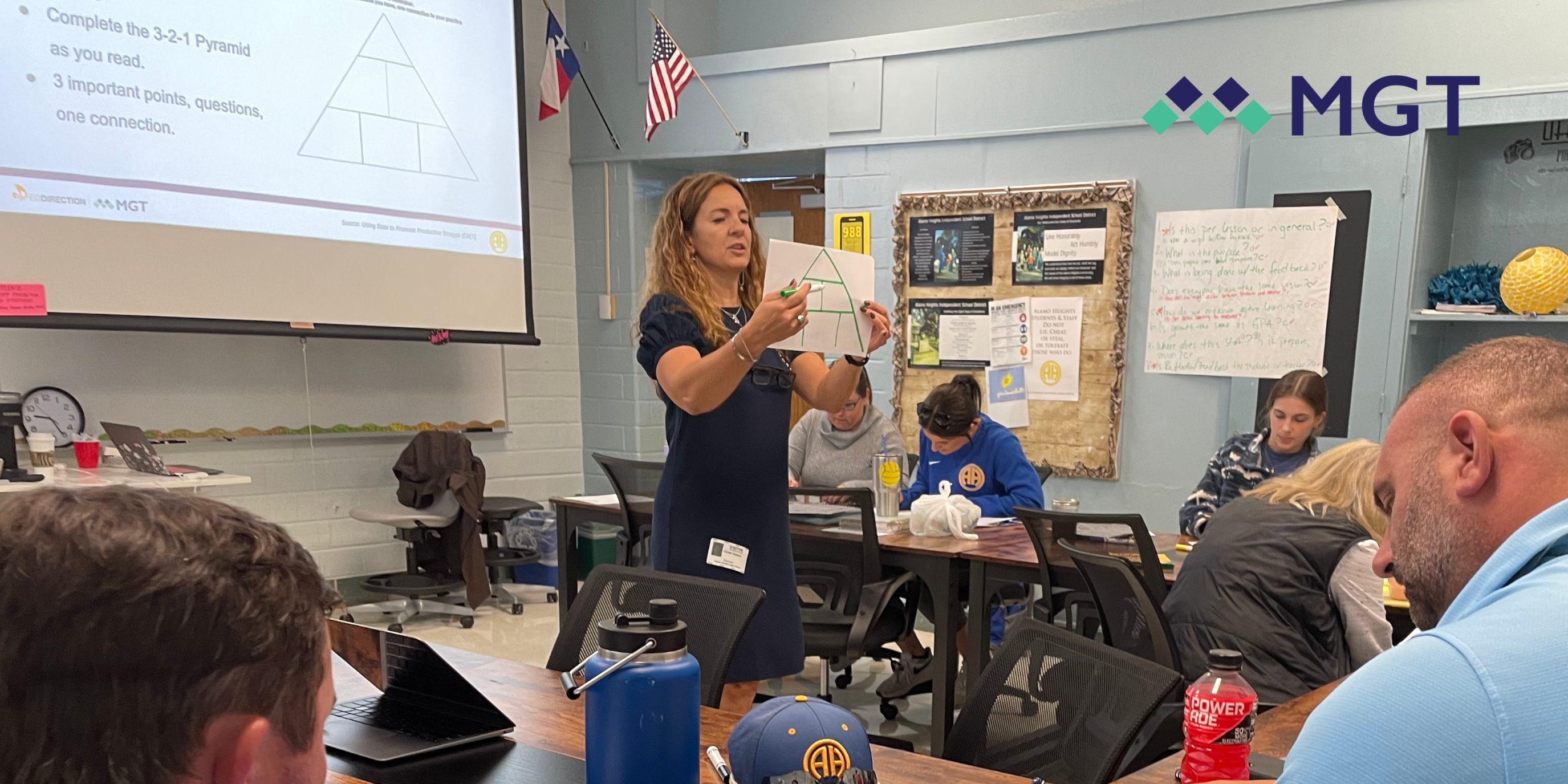TAMPA, Fla., March 10, 2023 ―WSSC Water, aka the Washington Suburban Sanitary Commission, is among the largest wastewater utilities in the nation, with about 6,000 miles of drinking water pipeline. Prince George and Montgomery counties are among the areas which WSSC serves about 1.9 million residents through approximately 475,000 customer accounts. According to WSSC Water’s website, the agency’s office of supplier diversity and inclusion is dedicated to creating an inclusive purchasing environment by encouraging the use of minority and small local businesses on WSSC Water contracts.
MGT was chosen to conduct an independent disparity study for the commission to help in its efforts to continue the integrity and support of its Minority Business Enterprise (MBE) Program. The study analyzed both the availability and utilization of minority firms in the marketplace that have conducted business with WSSC Water. The data is also used to calculate if any disparities exist and collect subjective data about the ease of obtaining contracts from business owners, professional organizations, and WSSC Water personnel.
The goals of our 2022 Disparity Study included:
- A determination of the extent to which MBEs participate in procuring construction, architectural and engineering, goods and services, and professional assistance with the Commission
- A determination of if MBE participation is representative of the availability of MBE firms who are ready, willing, and able to participate in Commission contracts
- A determination of whether discrimination exists, and if found, identified by race, ethnicity, and gender of affected individuals as identified
- Best practices to assist in administering the MBE program and establishing an overall aspirational goal
The results are clear.
Based on the results of our questions, we collected evidence which infers that discrimination in the marketplace has occurred. The WSSC Water’s utilization of non-M/WBE firms totaled 66.80 percent, while 33.20 percent went to M/WBE firms. MGT’s disparity index methodology yields an easily calculable value, understandable in its interpretation, and universally comparable.
A disparity in utilization within the minority- and female-owned firms can be assessed – comparing the utilization of nonminority- and male-owned firms providing evidence of public sector discrimination. These overall results show that among M/WBE firms there is disparity in all categories. Only in Goods & Services do you find no disparity for African American firms. Additionally, as a total M/WBE classification, all procurement categories find substantial and statistically significant disparity.
As part of the study, MGT also provided recommendations which include analyzing aspirational goals to see if updates are recommended. In addition, reviewing and updating programmatic policies and instituting five suggested best practices from similar agencies, including:
- Small Business Prime Contracting Programs
- Small Business Program for Subcontract
- Inclusion in Financial and Professional Services
- Combined Race-neutral and Race-conscious Programs
- Outreach










